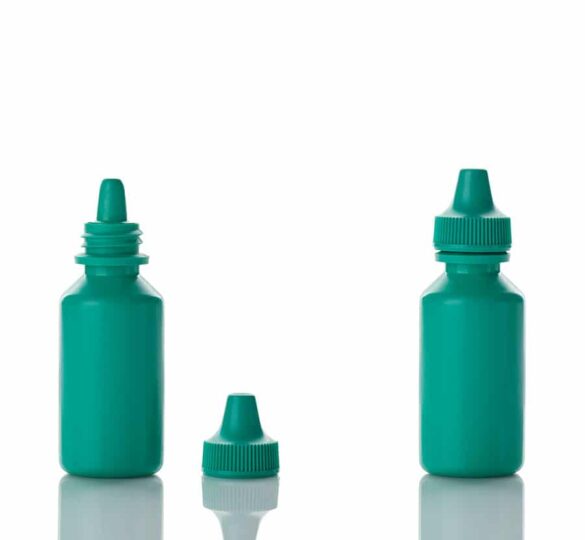Generic Medications: Are They the Same?
Generic drugs work well for most patients, but there are differences compared to the brand name products.

About two-thirds of all prescriptions filled are generic forms of brand-name drugs. Generic drugs work well for most patients, but there are differences compared to the brand name products.
Although there are strict government regulations for generics, glaucoma patients who change to a generic medication may notice differences in how the drops feel and how they work. It’s important to work together with your eye doctor to ensure that the generic medication is effective for you. When switching from a branded medication to a generic, or from one generic to another, there can be issues with the way the drug is absorbed into the body.
In general, the clinical effectiveness of generic medications is assumed to be similar to the branded product. Generics are required to contain the same active ingredient as the brand-name drug and to be identical in strength, dosage form (pill, tablet, capsule, eye drop, etc.), and the way the active ingredient is absorbed by the body. While inactive ingredients can and do often vary, they have been time and laboratory tested, and for most generic drugs they are the same.
The Bioequivalence Factor
Systemic generic medications (drugs affecting multiple organs or the whole body) are required to show bioequivalence (similar absorption characteristics). But they may not be required to show that the therapeutic effect of the drug is the same as the branded drug.
Ophthalmic generic medications (eye drops) provide unique challenges. First, bioequivalence can’t be easily assessed. In the case of systemic medications, a blood test can demonstrate if the drug has been properly absorbed. But for ophthalmic medications, it’s not easy to determine if the active ingredient has been properly absorbed into the eye. Minor formulation differences may affect how well the active ingredient is absorbed, as well as the comfort and consistency of the eye drop.
Safety of packaging and bottle manufacturing for eye drop medications is strictly regulated; however, generic medications may have differences in packaging and the size of the eye drop. Eye drop size will have an influence on how many doses are in a container; the larger the drop size, the fewer doses will be in a container of a given size and the more expensive a month’s supply will be.
The Efficacy Factor
If a generic eye medication has been changed from the branded drug in any way, it has to be evaluated to determine if the drug is working as expected. In addition, once there is one generic formulation, it is often followed by several different generic formulations, each of which may be somewhat different.
Because generic manufacturers are required to demonstrate bioequivalence but not therapeutic equivalence, patients may notice differences in how generic eye drops feel and how well they work. Patients and their doctors must work together to ensure that the generic form of any medication is achieving the desired result.
Article by Louis B. Cantor, MD. Last reviewed on May 11, 2022.

Louis B. Cantor, MD
Dr. Cantor is the Jay C. and Lucile L. Kahn Professor of Glaucoma Research and Education and Director of the Glaucoma Service at the Eugene and Marilyn Glick Eye Institute, Indiana University School of Medicine, Department of Ophthalmology, in Indianapolis, Indiana.